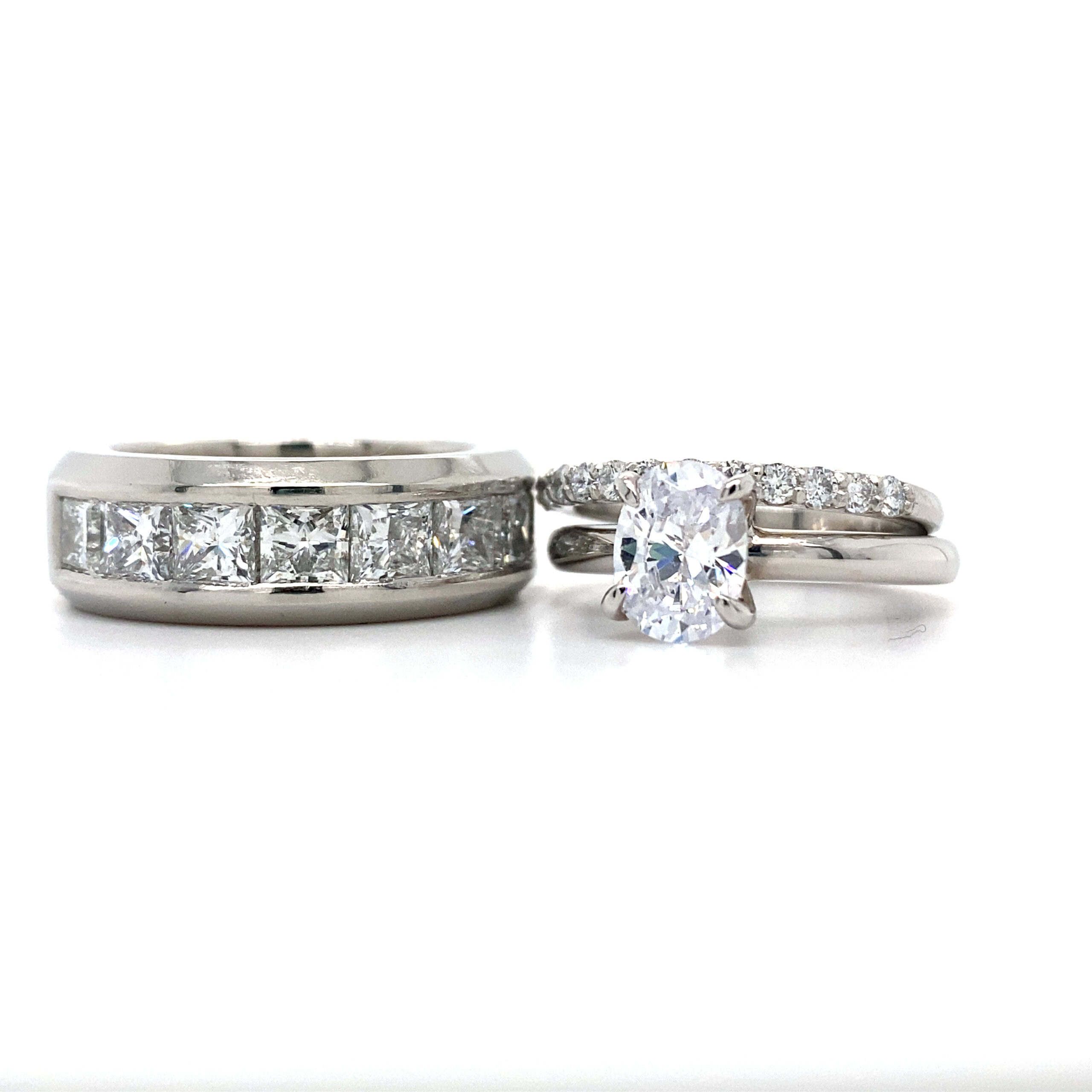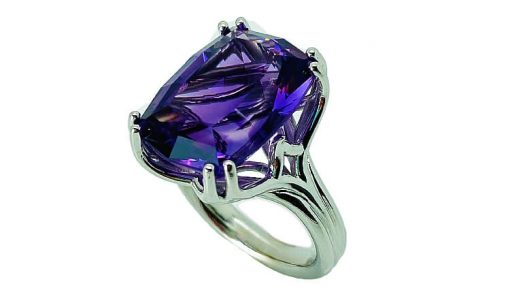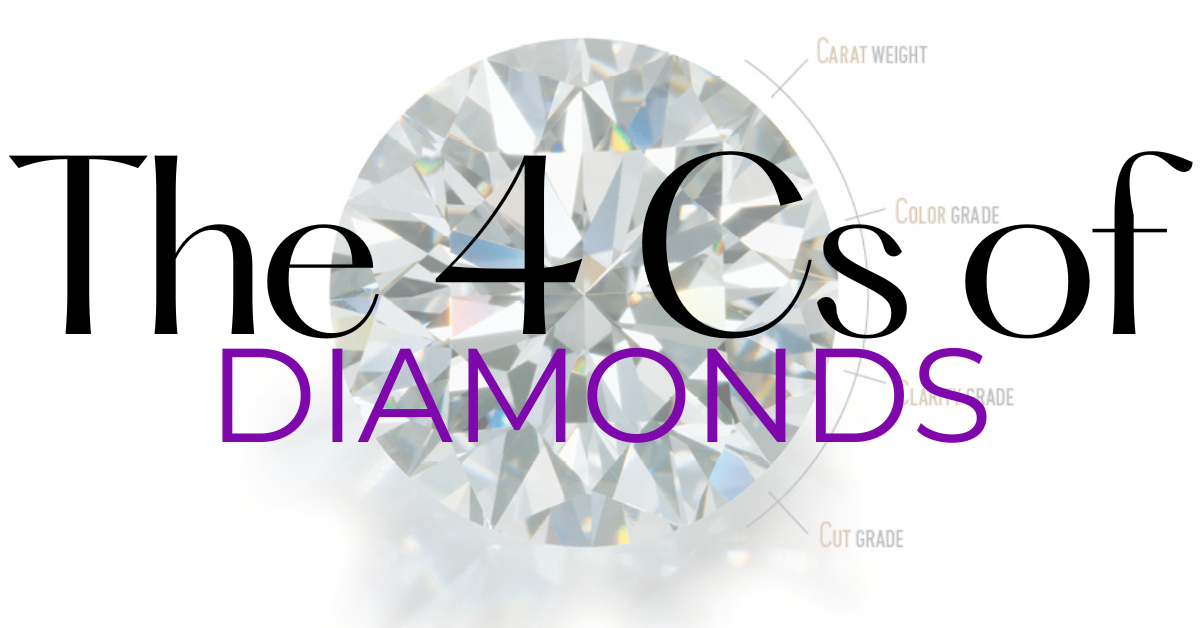COLOR CLARITY CUT CARAT
COLOR
The Gemological Institute of America (GIA) developed the International Color Scale to bring consistency in labeling diamond color. The official GIA scale measures the color hue in white diamonds using letters ranging from D to Z to measure the degree of yellow, brown, or grey in a stone. Diamonds with a D rating must be icy white and colorless, while those with a Z rating have a yellow hue. Usually, diamonds with an N to Z rating are not used in jewelry.

CLARITY
Diamond clarity is the assessment of small imperfections on the surface and within the stone. Surface flaws are called blemishes, while internal defects are known as inclusions. In most cases, a diamond’s beauty is not affected by these in any way since most inclusions can’t be seen with the naked eye. The GIA diamond clarity scale is divided into 6 categories and 11 diamond clarity grades.

CUT
We often think of a diamond’s cut as shape (round, heart, oval), but what diamond cut actually does mean is how well a diamond’s facets interact with light. To determine the cut grade of the standard round brilliant diamond GIA calculates the proportions of those facets that influence the diamond’s face-up appearance. These proportions allow GIA to evaluate what the best cut for a diamond is, by studying how successfully a diamond interacts with light to create desirable visual effects, such as: fire, brilliance, and Scintillation.

CARAT
Carat (ct.) refers to the unique unit of weight measurement used exclusively to weigh gemstones and diamonds. Carat weight is often confused with visual size even though it is a measurement of weight. You cannot actually see carat weight with the naked eye. Several factors affect the weight of a stone, such as density, the formulation of the jewel, and the shape. A metric “carat” is defined as 200 milligrams. Each carat is subdivided into 100 ‘points.’ This allows very precise measurements to the hundredth decimal place.










 AN ENGELS JEWELRY COMPANY Gift Card is perfect for any occasion. Let someone special choose the jewelry that tops their wish list.
AN ENGELS JEWELRY COMPANY Gift Card is perfect for any occasion. Let someone special choose the jewelry that tops their wish list.